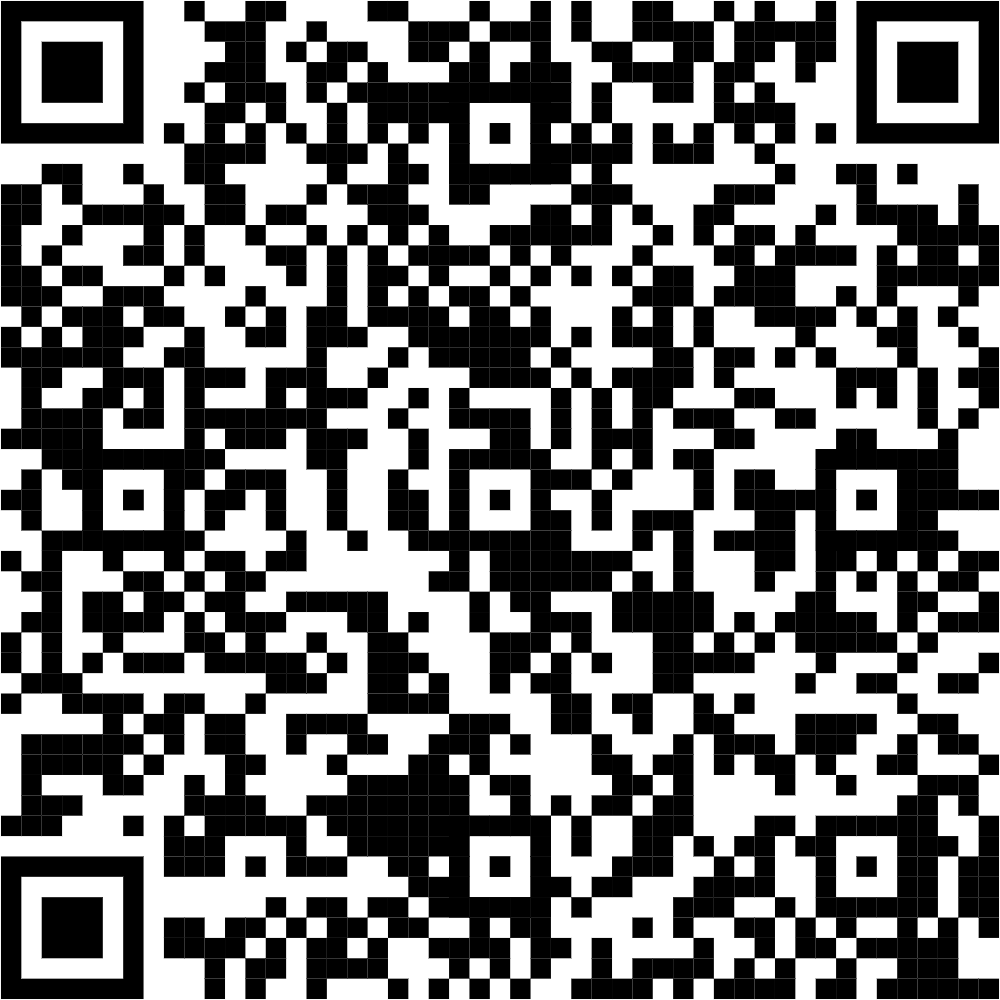Overview
In IELTS Academic Writing Task 1, you may get one or more pie charts that show how something is divided into parts, usually in percentages.
Your job is to summarize the main points, compare important data (if there is more than one chart), and show key trends or differences.
You should not give your personal opinion. You must paraphrase the question in the introduction, write a general overview of the big changes (without using numbers), and then give detailed comparisons in the body paragraphs.
A visual example of sample question —

✅ Key characteristics :
- You are given one or more pie charts showing how something is divided into parts, usually in percentages.
- The pie chart represents proportions or shares of a whole, often comparing different groups, categories, or time periods.
- Your task is to describe and summarise the main features shown in the chart(s), not to give personal opinions.
- You must write at least 150 words, and complete the task in about 20 minutes.
- Your report should include three parts:
- An introduction (paraphrasing the question),
- An overview (highlighting the most noticeable trends or features),
- Body paragraphs (with detailed data and comparisons).
- If there are two or more pie charts, you should make clear comparisons between them.
- Use specific data (e.g., percentages) from the charts to support your description.
- Use suitable vocabulary for proportions, such as “a large majority,” “a small minority,” “equal share,” or “the largest segment.”
- Do not explain why the data is the way it is—only describe what is shown in the chart.
- You are scored on four criteria:
- Task Achievement – How well you describe the key information.
- Coherence and Cohesion – How clearly your ideas are organised.
- Lexical Resource – The range and accuracy of your vocabulary.
- Grammatical Range and Accuracy – How well you use grammar.

⭐️ Important Tips :
- Paraphrase the question in the introduction.
- Provide a clear overview focusing on major trends.
- Always compare categories logically— don’t just mention numbers, and use formal academic vocabulary.
- Focus on key figures, group similar data logically, and avoid listing every small detail.
- Avoid casual words like “lots of” or “a bunch of.”
- use the correct past or present tense depending on the time period shown.



